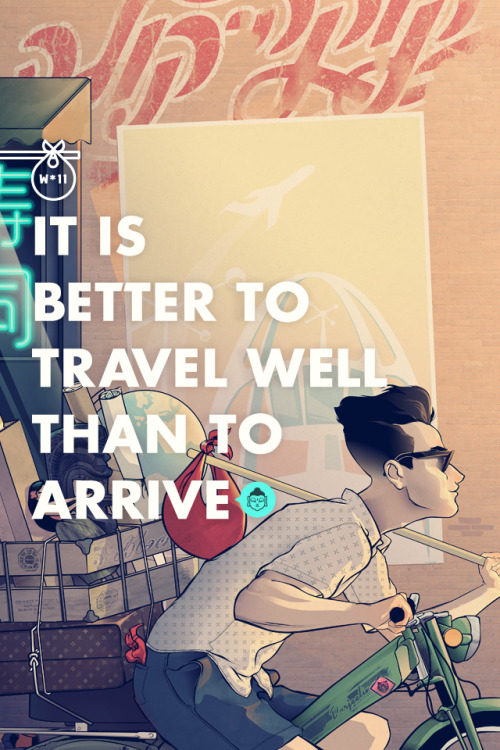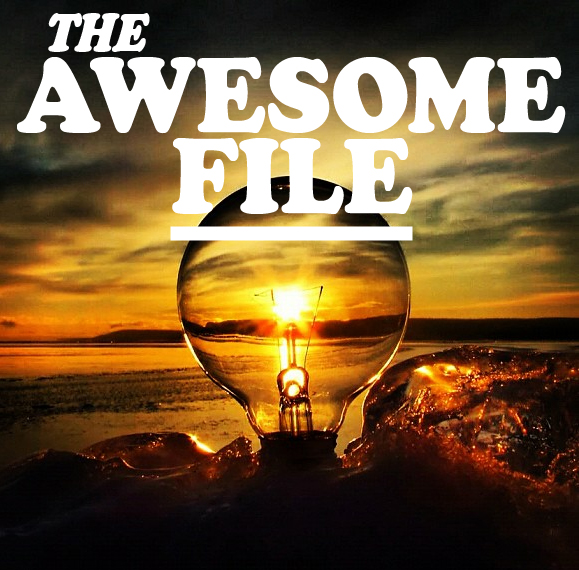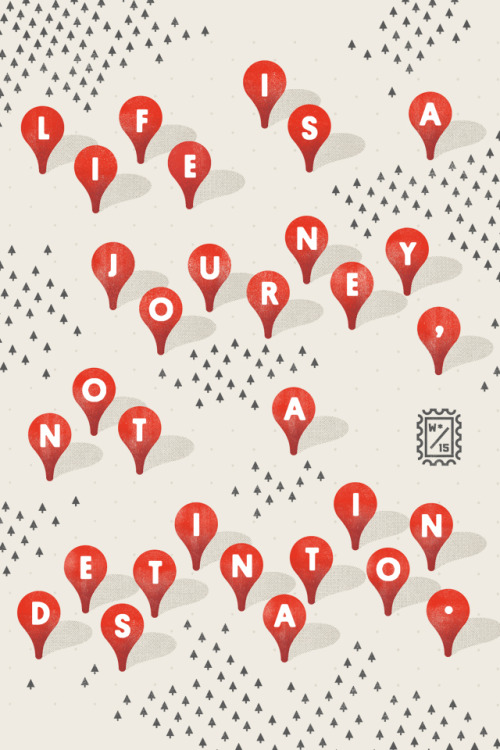“The best way to truly crush your self-doubt is to take action immediately. No plans, no ideas, no considerations, no excuses, no tomorrow. Just go do it right now.” ― Andrew Olson
I’m at the pool this morning, doing my weekly swim. There’s a six-year-old over in lane 1. He’s wearing a red Angry Birds bathing suit, and he’s clutching a noodle like its his last nickel. He’s squeezing his eyes as tight as he can. He standing on the edge of the pool. There’s a swim coach standing in the water, maybe five feet away.
I stop swimming and start watching the coach. He wants the kid to jump in and doggy paddle that five feet. This seems like an entirely reasonable request.
Except, for this six-year-old, this is the scariest thing he’s probably ever done.
“This is the last thing you have to do,” the coach says, “and then you don’t have to do it again today.”
“I don’t want to do it again for forever!” the kid calls back. His eyes are still screwed up tight.
I watch the kid on the edge of the pool, and I remember when I was once him, a young man full of fear.
I remember when I first started out in journalism, and I had to psych myself up before each phone call to a source.
I remember the day before my bar mitzvah, when I screwed up a line in my Torah portion and ran to the bathroom and locked myself in a stall for 30 minutes, crying and worrying that I wouldn’t get it right on the big day.
I remember every big leap, every first kiss, every terrifying step that felt like it might crush me.
It never did.
Fear lurks behind us. It waits ahead of us. It surrounds us, always.
But we cannot let it own us. We cannot let it destroy us.
The fear never goes away. It adapts. It’s crafty, fear is, and it finds way into our lives.
The only way to own it is to push through it. The only way to own it is to do what the kid eventually did at the pool today.
He jumped, and he doggy paddled his ass off — all five feet to the swim coach. He was hyperventilating when he got there, and scared out of his mind. But hell, he’d made it.
So here’s to you, kid. Way to go. Today, you took a damn big leap.
And remember: Don’t let fear crush you. Sure, the leaps will get bigger. They will get riskier. Scarier.
Don’t let fear stop you. You’ve crushed it once. You can do it again. I promise you that.
That excellent photo at top of the leap is via @devfairfax.












